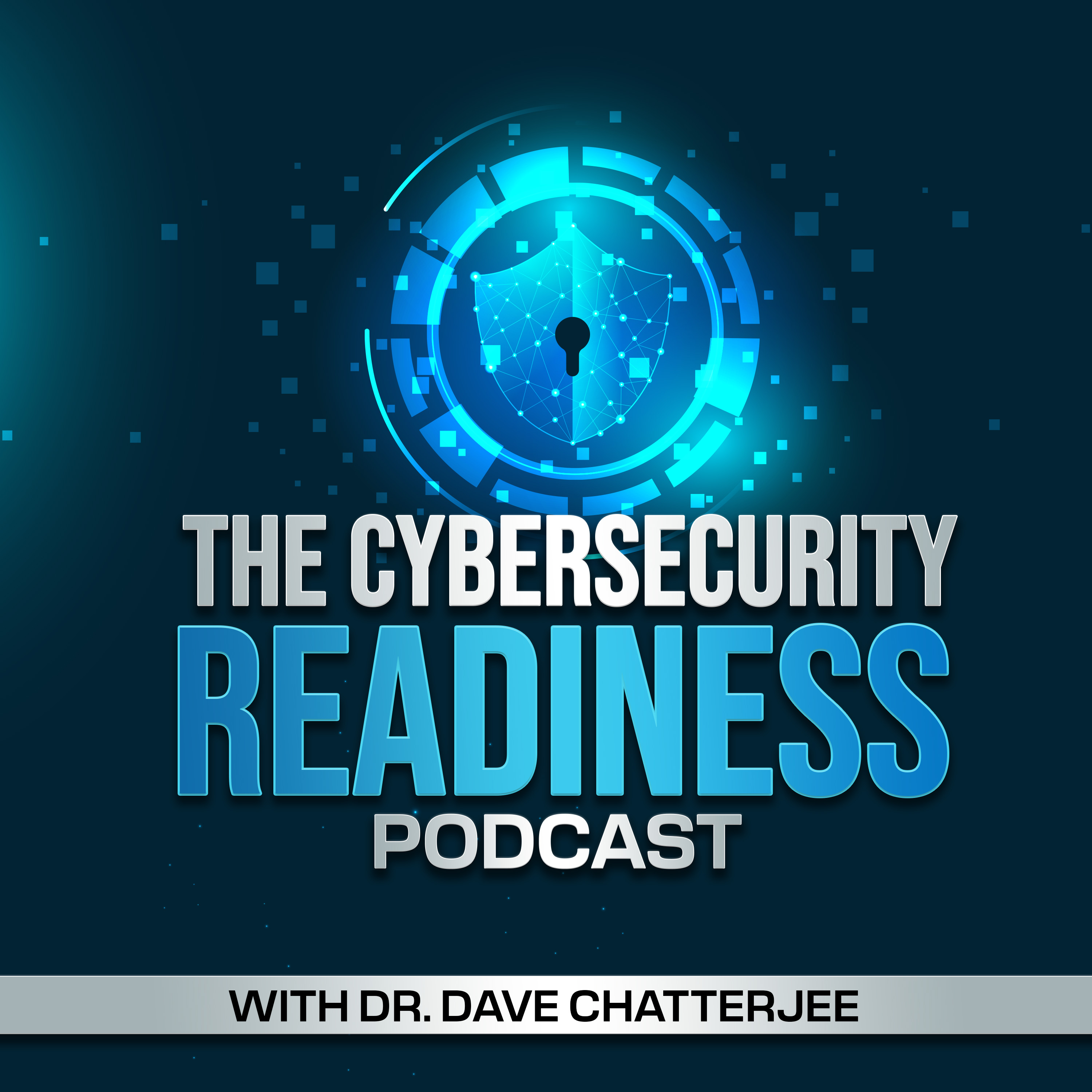Securing the Future: Inside Student-Led Cybersecurity Clinics
Description
Student-led cybersecurity clinics are increasingly playing an essential role in strengthening the digital defenses of nonprofits, hospitals, municipalities, small businesses, and other under-resourced organizations in our communities while also developing a talent pipeline for cyber-civil defense. Sarah Powazek, Program Director - Public Interest Cybersecurity at the University of California, Berkeley Center for Long Term Cybersecurity (CLTC), sheds light on this important development. One of the highlights of the discussion was the recognition that the cybersecurity field is such a melting pot of different skill sets. In Sarah's words, "it's actually one of the biggest advantages we have; threats are changing every day. If we don't have folks from different backgrounds and different life experiences, we're really not going to be prepared; we're not going to be able to adapt."
Time Stamps
00:02 -- Introduction
01:46 -- Guest's Professional Highlights
04:35 -- Center for Long-Term Cybersecurity (CLTC) Initiatives
06:13 -- Training students
07:20 -- How do the cybersecurity clinics benefit students?
09:11 -- Resources for Non-Profits and Under-Privileged Organizations
11:01 -- Types of Clients for Student-Run Cybersecurity Clinics
11:42 -- Guidance to universities who want to create student-led cybersecurity clinics
14:29 -- Consortium of Cybersecurity Clinics
17:20 -- Not-technical roles in cybersecurity
18:46 -- Cybersecurity field is a melting pot of different skill sets
21:12 -- Different Cybersecurity Roles
23:32 -- Final Thoughts
Memorable Sarah Powazek Quotes/Statements
"Cybersecurity clinics are modeled after medical and law school clinics."
"We're running programs where students will learn how to provide a cybersecurity maturity assessment. We accept students from all different majors, at least at UC Berkeley, it's very interdisciplinary. They spend the first part of the course learning all about cybersecurity and about the basics, basic cyber hygiene, multi-factor authentication, regular patching schedules, incident response plans, etc."
"There isn't a real clear academic pathway into cybersecurity."
"One of the big student-run clinics is the University of Nevada, Las Vegas. They operate as a student club; the students train each other, create programming, and engage with the clients, and they operate year-round. They've got a really interesting model for clinics where they're working with clients, but the students are really the ones taking on that responsibility. And the faculty advises them."
"We have a toolkit on the Consortium's website that actually has step-by-step instructions on how to design a clinic. How do you pick out the curriculum? "
"There's a couple of things that we really encourage folks to have, if they want to start up a clinic program, the first is a faculty champion."
"So we've really switched the focus and formed the consortium a number of years ago around centralizing resources, making it easier for folks around the country to start up programs, making the programs even better and more effective at both training students and providing real value to clients. And we have a goal of having a clinic in every state by 2030."
"I think that there are many people worldwide who care about the mission and protecting their communities but haven't gotten some of those skills yet. And anyone can learn. Anyone can learn cybersecurity. I truly believe that, I think people from all backgrounds provide something really valuable to the field."
"Cybersecurity is really a trade. It's something that anyone can learn."
"I'm starting to meet a lot of...
More Episodes
IBM recently reported a 71% year-over-year increase in attacks using valid credentials. This continued use of stolen credentials is also evident through ongoing public incidents like the string of attacks targeting Snowflake's customers that resulted in breaches at AT&T and Advanced Auto...
Published 11/20/24
Published 11/20/24
Accelerating into the cloud without caution often brings complexities that can cause more harm than good. Gartner has noted that cloud configuration errors cause 95% of cybersecurity breaches. With the rapid pace of cloud adoption, less time is spent ensuring systems are built and operated...
Published 11/01/24


